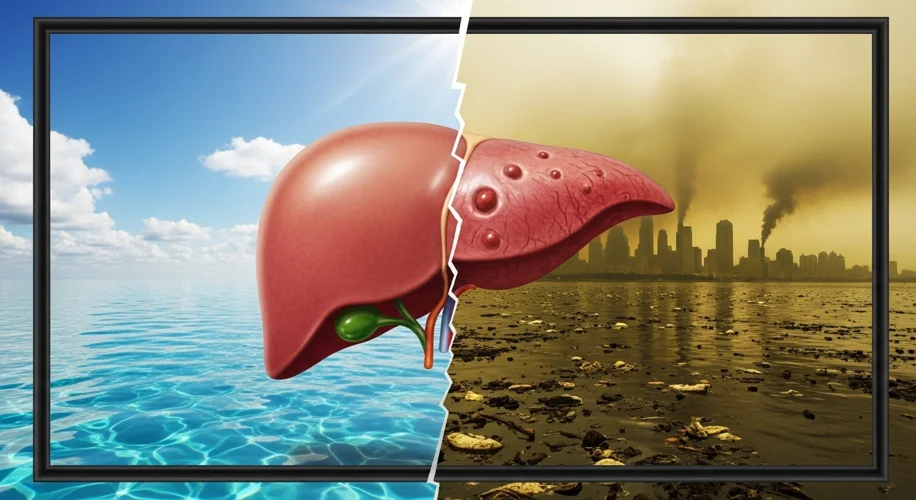As an environmental scientist, I’m constantly looking at how our planet’s health impacts ours. Lately, the news about a potential doubling of liver cancer cases globally has really hit home. It’s a stark reminder that environmental changes and human health are deeply intertwined.
Did you know that liver cancer is already one of the deadliest cancers worldwide? The World Health Organization (WHO) estimates that by 2025, we might see around 1.5 million cases annually. This isn’t just a number; it represents millions of lives affected. But what’s driving this alarming trend?
While there are many factors contributing to cancer, my work often leads me to explore the broader environmental influences. The link between climate change and increased cancer rates is complex, but it’s a crucial area we need to understand, especially considering how these changes disproportionately affect vulnerable communities.
How might climate change play a role?
- Extreme Heat and Pollution: Rising global temperatures can exacerbate air pollution. For example, heat can intensify the formation of ground-level ozone, a known carcinogen. Poor air quality, especially in urban areas, has been linked to various health issues, including increased cancer risk.
- Waterborne Diseases and Contamination: Changes in weather patterns can lead to more extreme rainfall events and flooding. This can contaminate water sources with harmful bacteria, viruses, and chemicals, potentially increasing exposure to carcinogens, particularly in regions with less developed infrastructure.
- Impact on Food Security and Nutrition: Climate change can disrupt agricultural systems, affecting crop yields and nutritional quality. This can lead to food insecurity and malnutrition, which can weaken immune systems and make individuals more susceptible to diseases, including cancer.
- Vector-Borne Diseases: Warmer temperatures can expand the geographical range of disease-carrying insects like mosquitoes and ticks. While not directly causing liver cancer, the spread of certain infections can put a strain on the liver.
It’s important to remember that liver cancer has many causes, including viral infections (like Hepatitis B and C), alcohol consumption, and non-alcoholic fatty liver disease. However, the environmental factors I’ve mentioned can act as contributing stressors or exacerbate existing vulnerabilities.
This is why I’m so passionate about addressing climate change. It’s not just about polar bears or melting glaciers; it’s about the direct impact on our health and well-being, often hitting marginalized communities the hardest. These are the communities that may already face challenges with access to clean water, nutritious food, and quality healthcare.
So, what can we do?
- Support Sustainable Practices: Advocate for and adopt policies and lifestyle choices that reduce greenhouse gas emissions and promote environmental protection.
- Invest in Public Health Infrastructure: Ensure communities have access to clean water, safe food, and robust healthcare systems capable of addressing environmental health risks.
- Community-Led Action: Empower communities to implement local solutions that build resilience and promote environmental justice.
Learning about these connections can feel overwhelming, but knowledge is the first step toward action. By understanding how our planet’s health affects our own, we can work together to build a healthier future for everyone. Let’s keep the conversation going on how we can create a more sustainable and equitable world.

